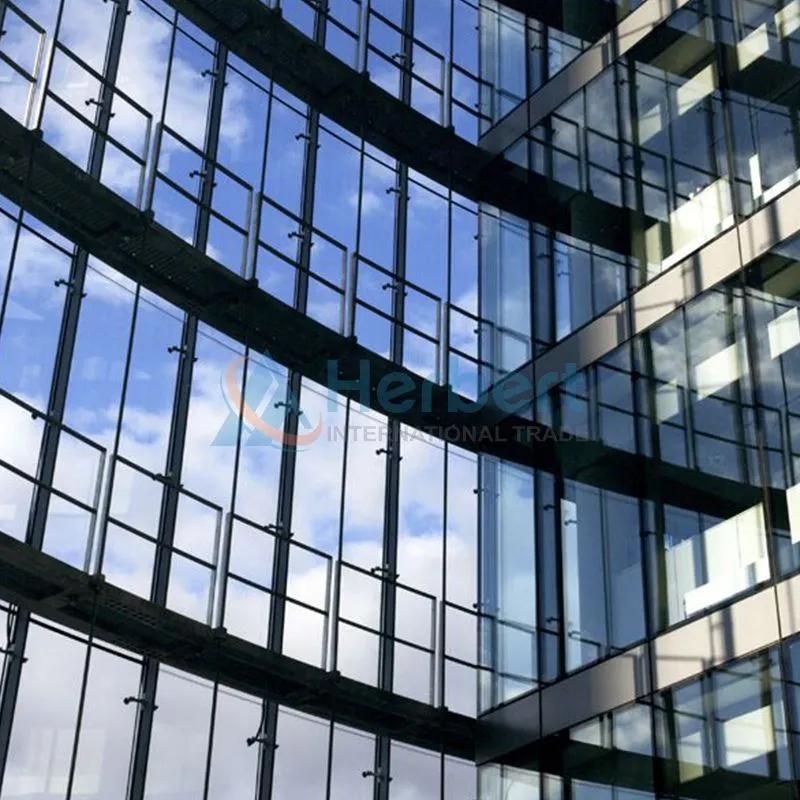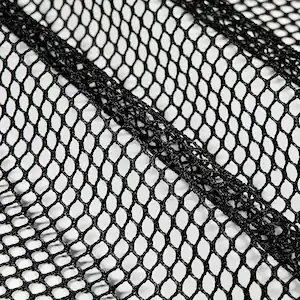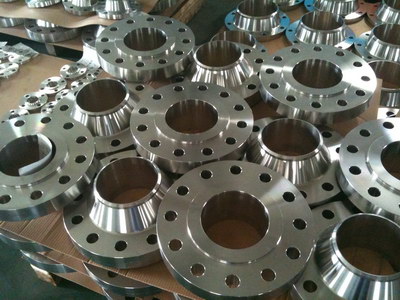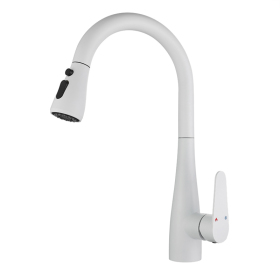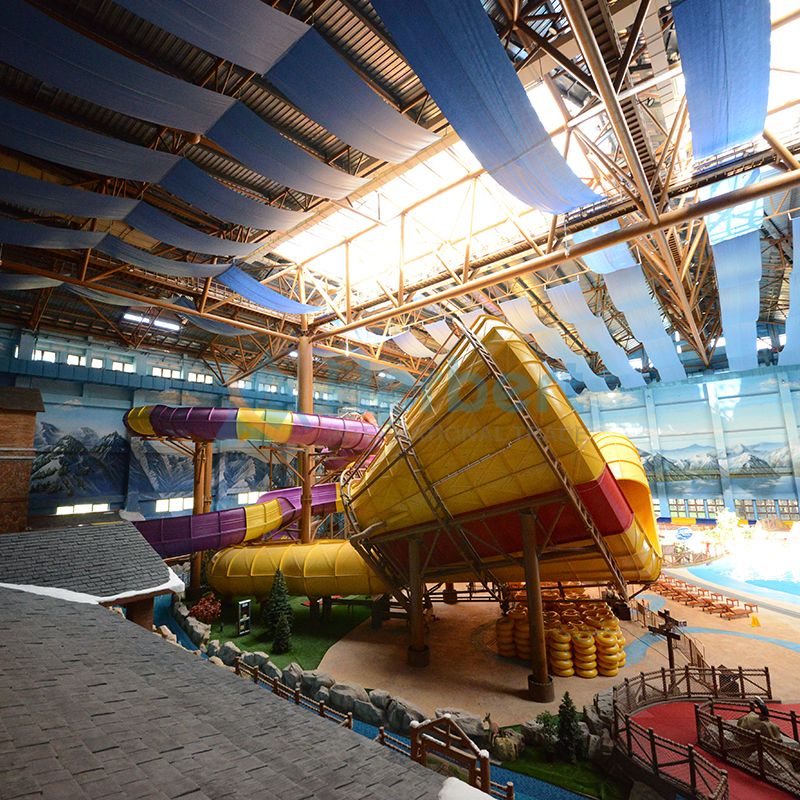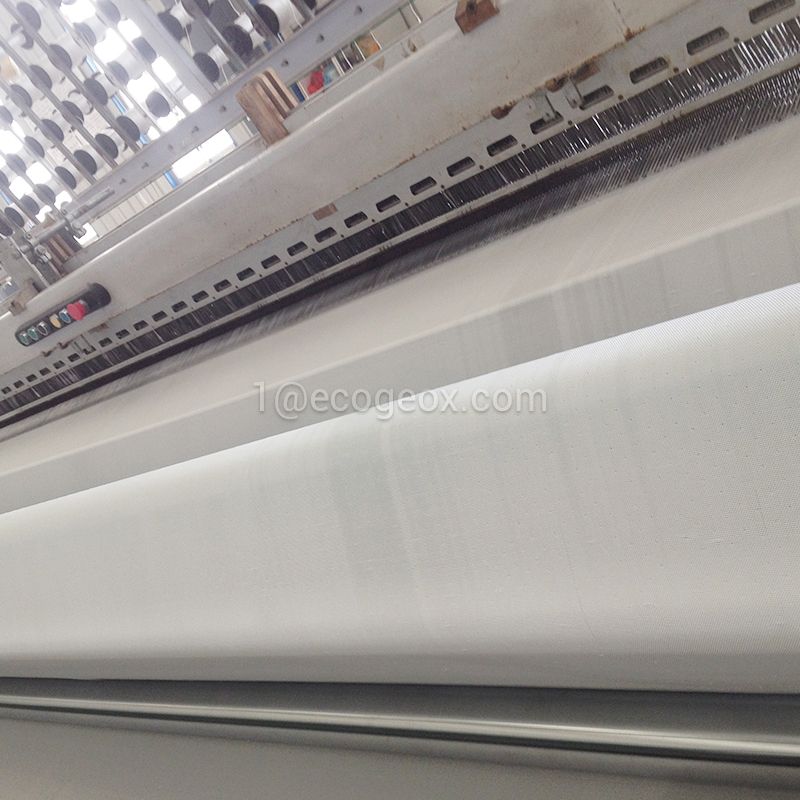What are the different types of redispersible polymer powder?
Redispersible polymer powders (RPPs) are versatile additives used in a variety of industries, including construction, paints and coatings, adhesives, and more. These powders can be customized to suit specific applications and requirements, resulting in various types of redispersible polymer powders. Here are some common types:
Vinyl Acetate Ethylene (VAE) Redispersible Polymer Powder: VAE RPPs are among the most widely used types. They are produced by copolymerizing vinyl acetate and ethylene. VAE RPPs offer good adhesion, flexibility, and excellent water resistance, making them ideal for applications like tile adhesives, cement-based renders, and self-leveling compounds.
Vinyl Acetate Versatate (VeoVa) Redispersible Polymer Powder: VeoVa RPPs are based on the copolymerization of vinyl acetate and a small amount of VeoVa monomers. They provide enhanced flexibility, adhesion, and resistance to alkali and UV radiation. These properties make them suitable for use in exterior insulation and finish systems (EIFS), cementitious renders, and crack fillers.
Acrylic Redispersible Polymer Powder: Acrylic RPPs are derived from acrylic esters and offer excellent durability, weather resistance, and flexibility. They are commonly used in waterproofing membranes, cement-based adhesives, and flexible polymer-modified mortars.
Styrene Butadiene (SB) Redispersible Polymer Powder: SB RPPs are produced by copolymerizing styrene and butadiene. They provide good adhesion, flexibility, and impact resistance. SB RPPs are often used in tile adhesives, grouts, and repair mortars.

Ethylene Vinyl Acetate (EVA) Redispersible Polymer Powder: EVA RPPs are produced by copolymerizing ethylene and vinyl acetate. They offer excellent flexibility, impact resistance, and low-temperature properties. EVA RPPs are commonly used in flexible polymer-modified mortars, grouts, and sealants.
Related articles:Construction & Real Estate
How to Improve Foundry Efficiency with SIC Ceramic Foam Filters
Unleash Your Creativity with Vitreous Glass Mosaics: A World of Color and Artistry
5 Easy Ways to Repair Pool Tiles
Are Expandable Container Houses Eco-Friendly and Sustainable?
Cooling Innovation: Glass Wool Air Conditioning Panels for Efficient Climate Control
Applications and Installation Tips for Glass Wool with Aluminum Foil
Polyvinyl Alcohol (PVA) Redispersible Polymer Powder: PVA RPPs are made from polyvinyl alcohol and are often used as an additive in cement-based formulations to improve workability, adhesion, and water retention.
Hydroxypropyl Methylcellulose (HPMC) Modified Redispersible Polymer Powder: HPMC-modified RPPs combine the benefits of RPPs with the water retention properties of HPMC. They are used to enhance the workability, adhesion, and open time of cement-based products.
Carboxylated Redispersible Polymer Powder: Carboxylated RPPs are modified with carboxyl groups to improve their compatibility with cement and enhance their water resistance. They are used in applications where improved adhesion and water resistance are critical.
Hydrophobic Redispersible Polymer Powder: These RPPs are designed to repel water and are often used in applications where water resistance is essential, such as in the production of water-resistant adhesives and coatings
Combination RPPs: Some RPPs are customized by blending different polymer types to achieve specific properties. For example, a combination of VAE and acrylic RPPs might be used to achieve a balance between adhesion and durability.
The choice of RDP powder type depends on the specific requirements of the application, such as adhesion, flexibility, water resistance, and durability. Manufacturers often formulate RPPs to meet these specific needs, resulting in a wide range of options for various industries.
How Far Can Cable Tray Support Span?
The Versatile World of Geotextile
Rubber Dams and Their Applications
Are HDPE Sewage Pipes Suitable for Extreme Weather Conditions?
What are composite panels used for?
What is the Best Color of Granite Headstone?
What Are the Benefits of Building Shopping Mall Skylight?


